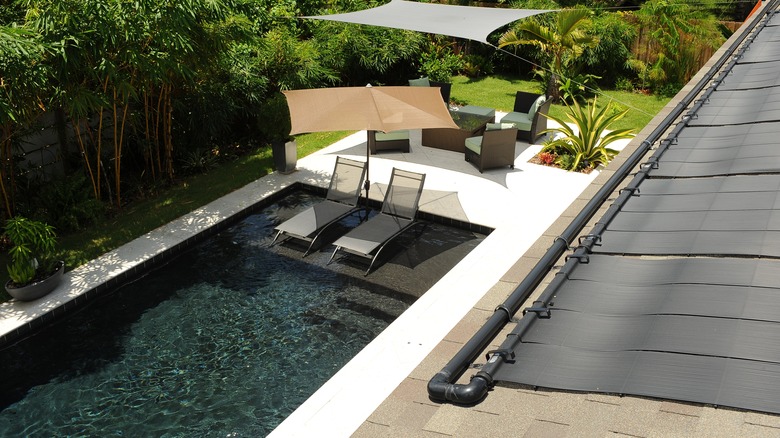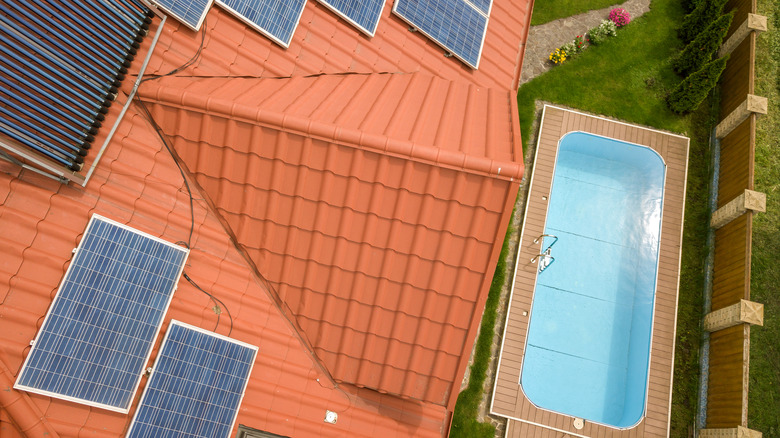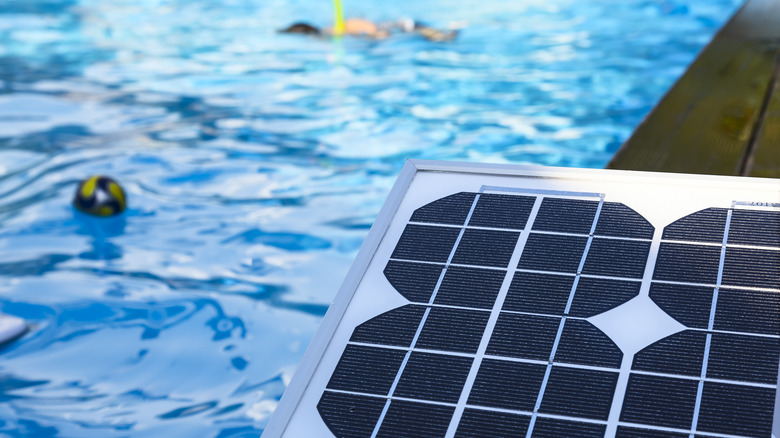How To Make Your Backyard Pool More Sustainable
Enjoying the cool water of your backyard pool on a hot summer day is refreshing. You may not have thought about how much money you'll spend to keep up that pool. For example, you may know you have to buy water treatment products and a new filter now and then. What many don't think about, though, is the use of the pump and pool heater, both of which require a constant level of energy to keep them operating. However, there are options on the market that can reduce your costs, including the use of solar-powered solutions.
As you are working to make your home sustainable and eco-friendly, consider how the use of solar technology could help reduce your dependence on electrical power as well as help minimize your carbon footprint. The U.S. Environmental Protection Agency shares that most typical pool pumps need to run constantly to keep the water clean, which means these pumps require a significant amount of energy to operate. Switching to an Energy Star-certified pool pump is your first option for reducing costs. These could save you as much as $340 per year on your energy bills because they use up to 70% less energy to operate.
However, solar takes things a step further, providing you with a way to heat your pool and keep the water clean and healthy using solar panels. That combines energy-savings with eco-friendly power. More so, solar panel tax credits could help you save money on your system.
Using a solar pool heating solution
Solar swimming pool heaters can work well to keep even large pools warm and ready for use. They require a bit of configuration and investment to get started, but once in place, they can provide long-term efficiency and perhaps even extend your use of the pool later in the year.
The system has a solar collector, which allows the water in your pool to be heated by the sun. There's also a filtration system within it to remove any material from the water before it goes through the collector. The pump is the hard-working component that keeps water moving throughout the pool, ensuring it circles back to the collector and then to the pool in a continuous loop. You also have a flow control valve that helps to disperse water to the collector.
The U.S. Department of Energy shares that solar pool heating systems like this are the most cost-effective option in some areas. There are differences in what you'll need from one area to the next, based on your area's typical climate and the pool size you have. Both glazed and unglazed options exist (unglazed solar collectors are typically made to have a plastic or rubber coating). You will likely need a system that incorporates some type of freeze protection if you live in a colder climate to help protect the system during the winter months.
Determining if a solar powered solution could work for your home
Not every location will be acceptable for solar power. It's quite dependent on the amount of solar resources in your area. If you have a solar panel system now powering your home, that's likely to be a good indication that adding a pool heater to the mix is ideal. If you have not converted to solar yet, you'll need to have a study done to determine how much solar radiation your home receives. Most often, if you live in an area that receives a significant amount of sunlight each day and is warmer, such as the South or Southwest, that's a good option. Also note that solar pool heaters can help extract heat from water in warm temperatures, creating a more enjoyable temperature even on very hot days. Some pool owners in northern states can still invest in one, especially if they use it during the summer months when there's ample light.
Then, you'll need to consider the investment in a solar pool heater. The cost of these systems can range widely from $2,500 to $4,000, and sometimes higher, to install. The U.S. Department of Energy shares that it can take up to seven years to recoup your investment in energy savings. Other factors that play a role in deciding to invest could include the size of your pool, how many months of the year you'll use it, and your desired temperatures.


